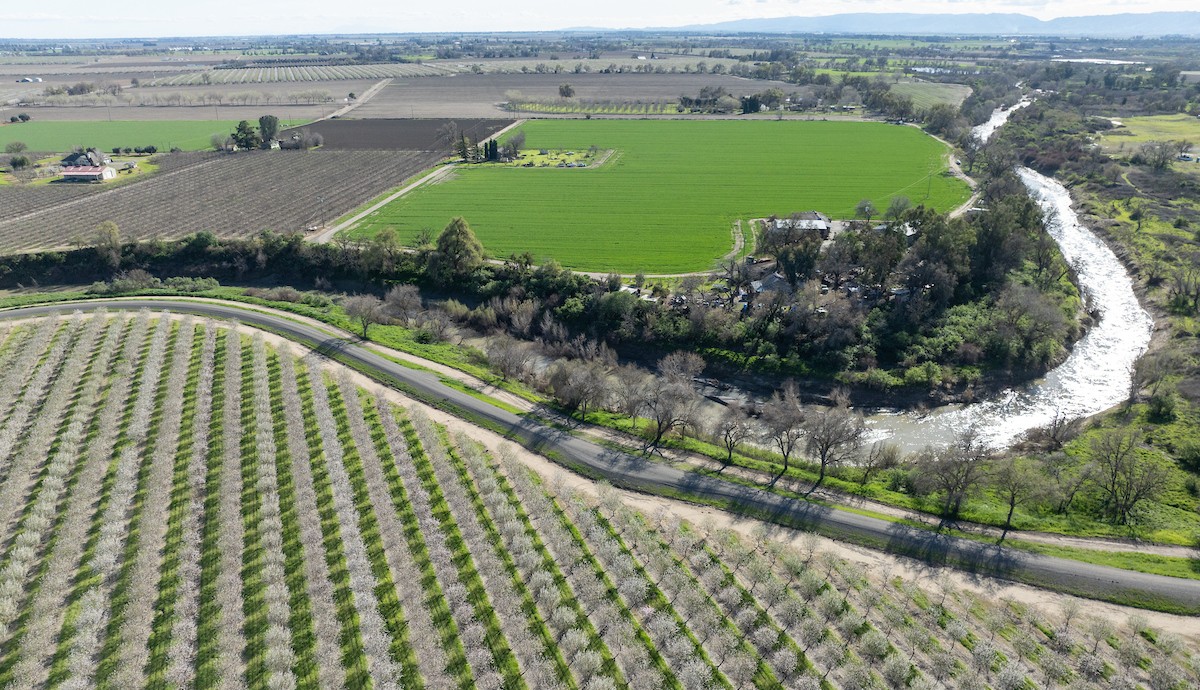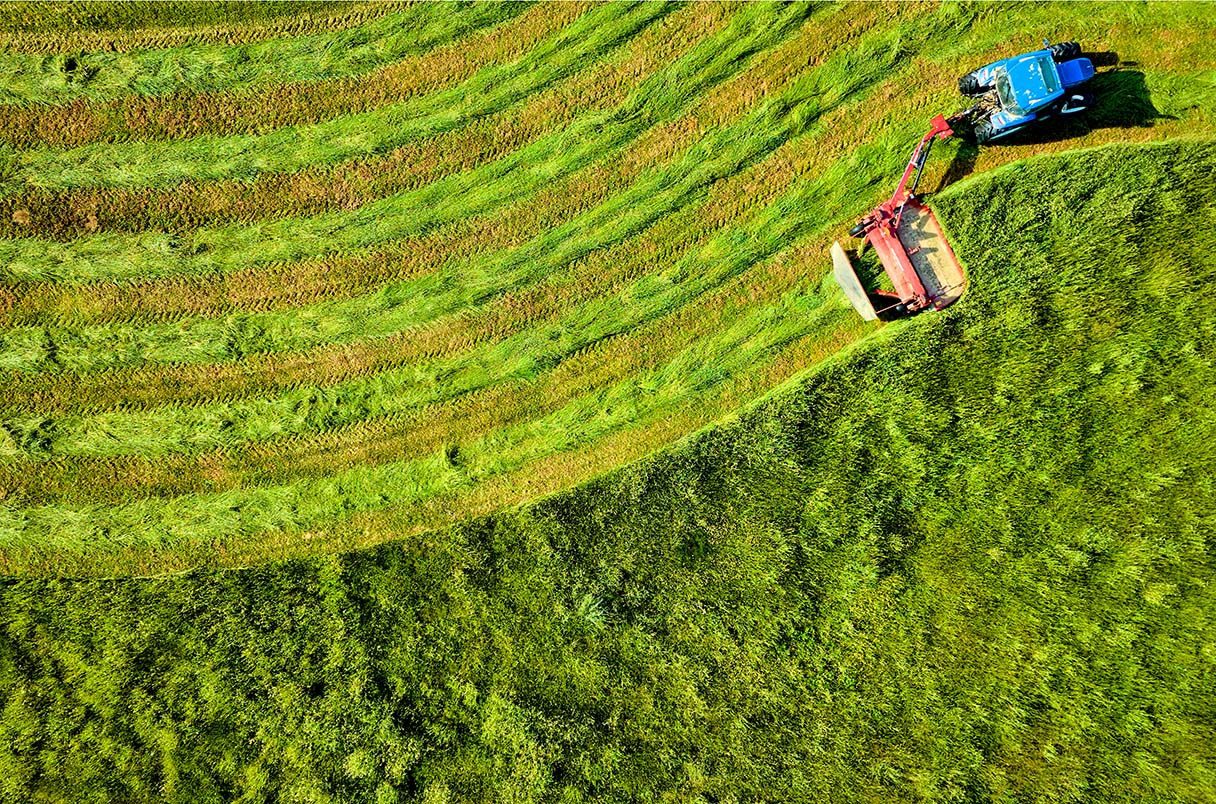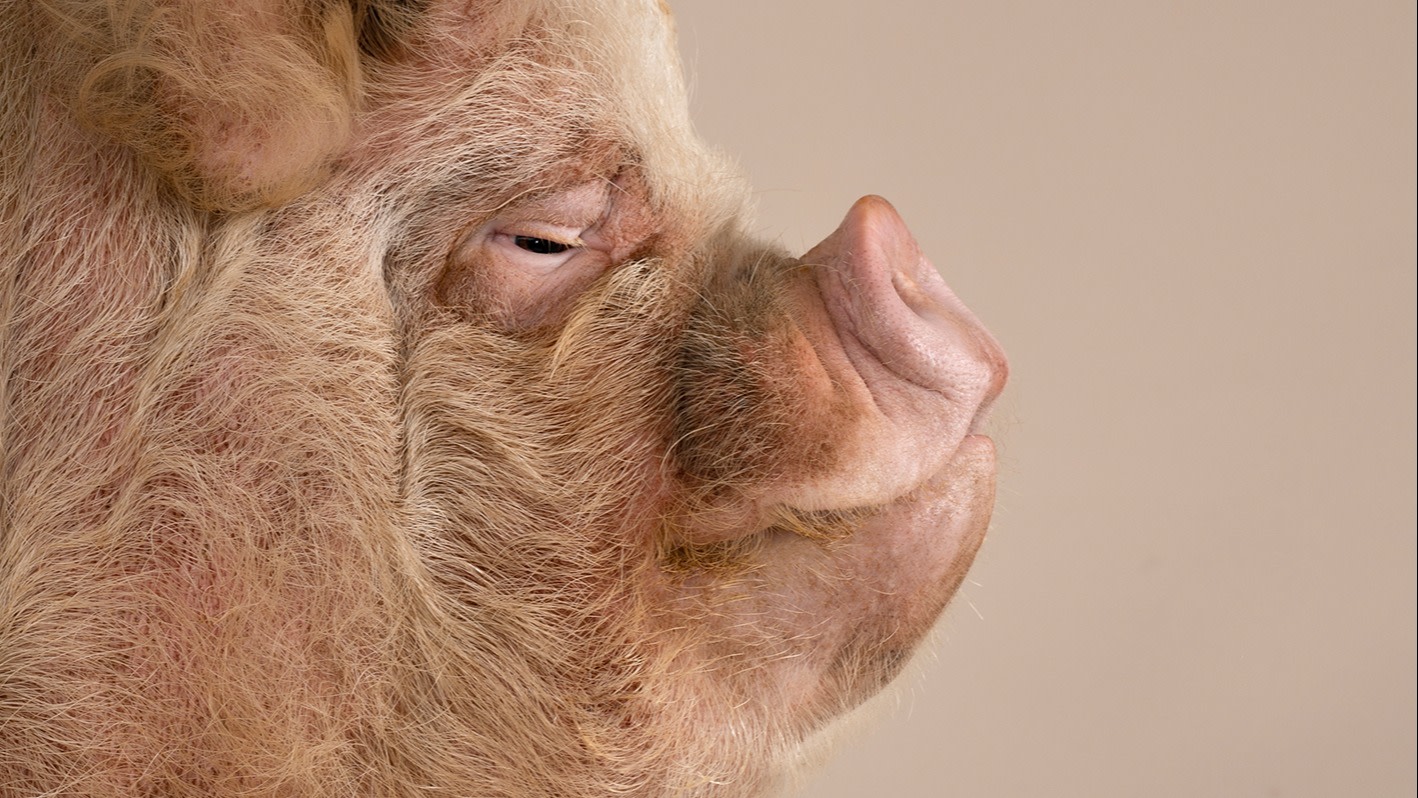Trump Administration Proposes Budget Cuts to Wildlife Research, Risking Conservation Efforts
Published on 3/13/2025, 4:07:02 PM
As an initiative established by the High Country News, the Climate Desk collaboration brings to light a pressing issue surrounding crucial scientific research in wildlife conservation. This narrative revolves around the precarious state of scientists who play a significant role in the maintenance and development of wildlife across the West, their work encompassing a wide range of species from the majestic elk and expressive mule deer to the nuanced sage grouse and the untamed wild horses. Under the Trump administration, these scientists now stand on the brink, swept up in an attempt to improve government efficiency through workforce cutbacks.
Many specialists contend that rather than enhancing efficiency, such drastic measures could uncomfortably increase taxpayer costs. Specifically, dismissing professionals from the U.S. Geological Survey Cooperative Research Units could ultimately have an adverse effect. The potential depth of these cuts is not yet clear, with rumors circulating between predictions of a 10%, 25%, or even 40% budget parceling. As stated by Ed Arnett, CEO of The Wildlife Society, cuts of this magnitude could reverberate disastrously through the corridors of wildlife conservation. Up to 40% could inflict enduring damage on a variety of species, including endangered creatures such as the desert tortoise and sage grouse.
The considerable investments that Western states and nonprofit organizations have in numerous ongoing research projects cause them to attentively watch these potential budget cuts. With millions of dollars at stake, they brace for the looming threat of an unwelcome stamp on current and planned research activities, such as the $4 million worth of projects by the Nebraska Game and Parks Commission.
The Cooperative Fish and Wildlife Research units, affectionately dubbed 'co-ops', have been a significant part of federal conservation efforts since 1935 and were officially ingrained in the system in 1960. Their mandate was to aid states in research endeavors they could not undertake independently, provide technical aid, and groom the next stream of dedicated biologists. By executing this with typically small teams across 44 universities, spanning 41 states, they have become a definition of efficiency within the academic and scientific landscape.
Yet, threatening cuts have already led to the layoff of several probationary employees from these units. This lean workforce is considered the epitome of blue-collar, boots-on-the-ground conservation work, far from the conceptual ivory towers often associated with research universities. They provide a valuable link between university science and local fish and wildlife needs, with about 700 projects underway across the country at any given moment. This includes initiatives like the Wyoming Migration Initiative, resulting in the mapping of dozens of large game migration routes across the state. The program doesn't only provide jobs but also yields about $3 for every $1 received from federal funding.




However, job cuts look likely to begin as early as mid-March, causing a ripple effect of concern not only amongst those directly affected, but also casting an ominous shadow over the future of wildlife and fisheries research. The potential removal of expert biologists, often familiar faces in local communities, deteriorates the existing connections between the scientific community and the populace cohabiting with the wildlife. To add to this detriment, the potential cuts destabilize the training ground for early-career biologists who often gain valuable exposure and experience from these co-ops before moving on to state fish and wildlife agencies.




This unfolding narrative paints a stark picture of significant scientific and ecological ramifications if public servants dedicated to noble environmental causes are consigned to the chopping block of governmental budget cuts. As the story evolves, the uncertainty continues to cast a long shadow over the wildlife world and the good people fighting for it.

